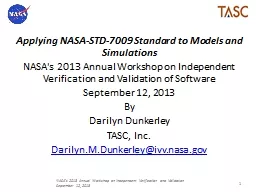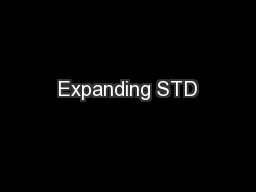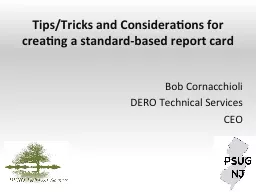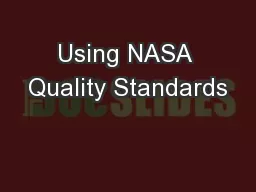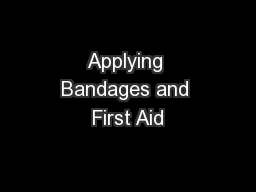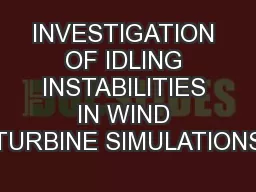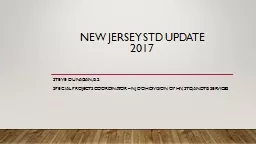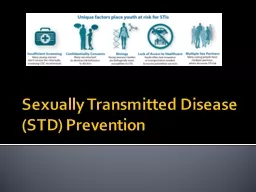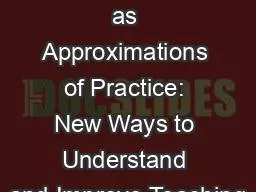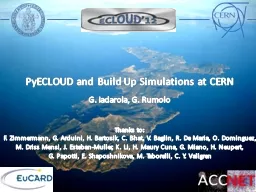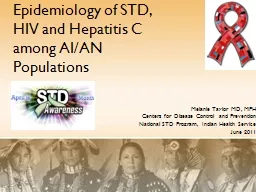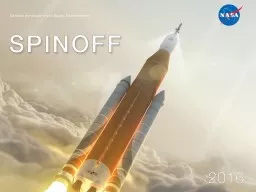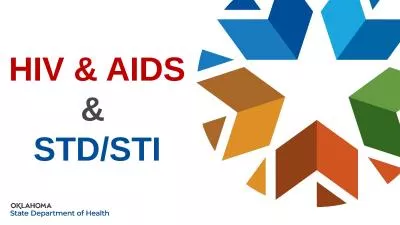PPT-Applying NASA-STD-7009 Standard to Models and Simulations
Author : liane-varnes | Published Date : 2018-10-23
NASAs 2013 Annual Workshop on Independent Verification and Validation of Software September 12 2013 By Darilyn Dunkerley TASC Inc DarilynMDunkerleyivvnasagov NASAs
Presentation Embed Code
Download Presentation
Download Presentation The PPT/PDF document "Applying NASA-STD-7009 Standard to Model..." is the property of its rightful owner. Permission is granted to download and print the materials on this website for personal, non-commercial use only, and to display it on your personal computer provided you do not modify the materials and that you retain all copyright notices contained in the materials. By downloading content from our website, you accept the terms of this agreement.
Applying NASA-STD-7009 Standard to Models and Simulations: Transcript
Download Rules Of Document
"Applying NASA-STD-7009 Standard to Models and Simulations"The content belongs to its owner. You may download and print it for personal use, without modification, and keep all copyright notices. By downloading, you agree to these terms.
Related Documents

